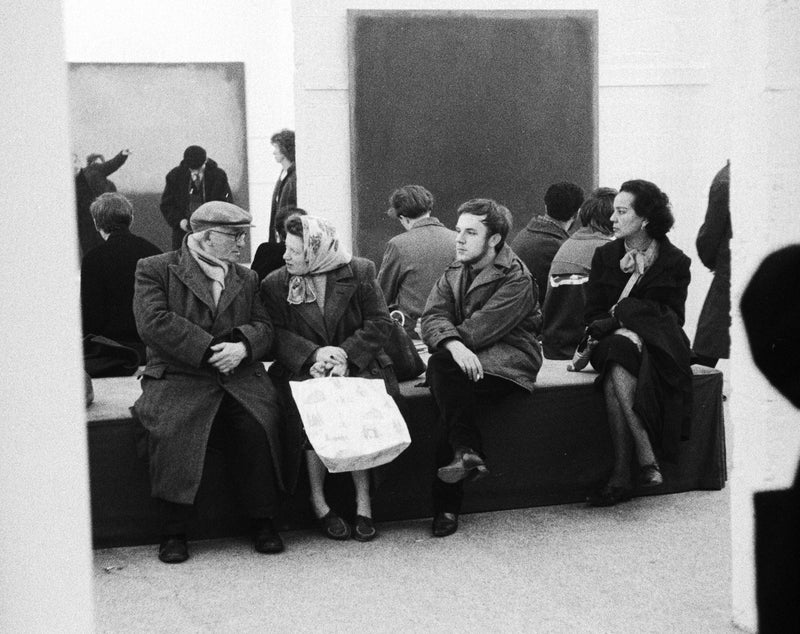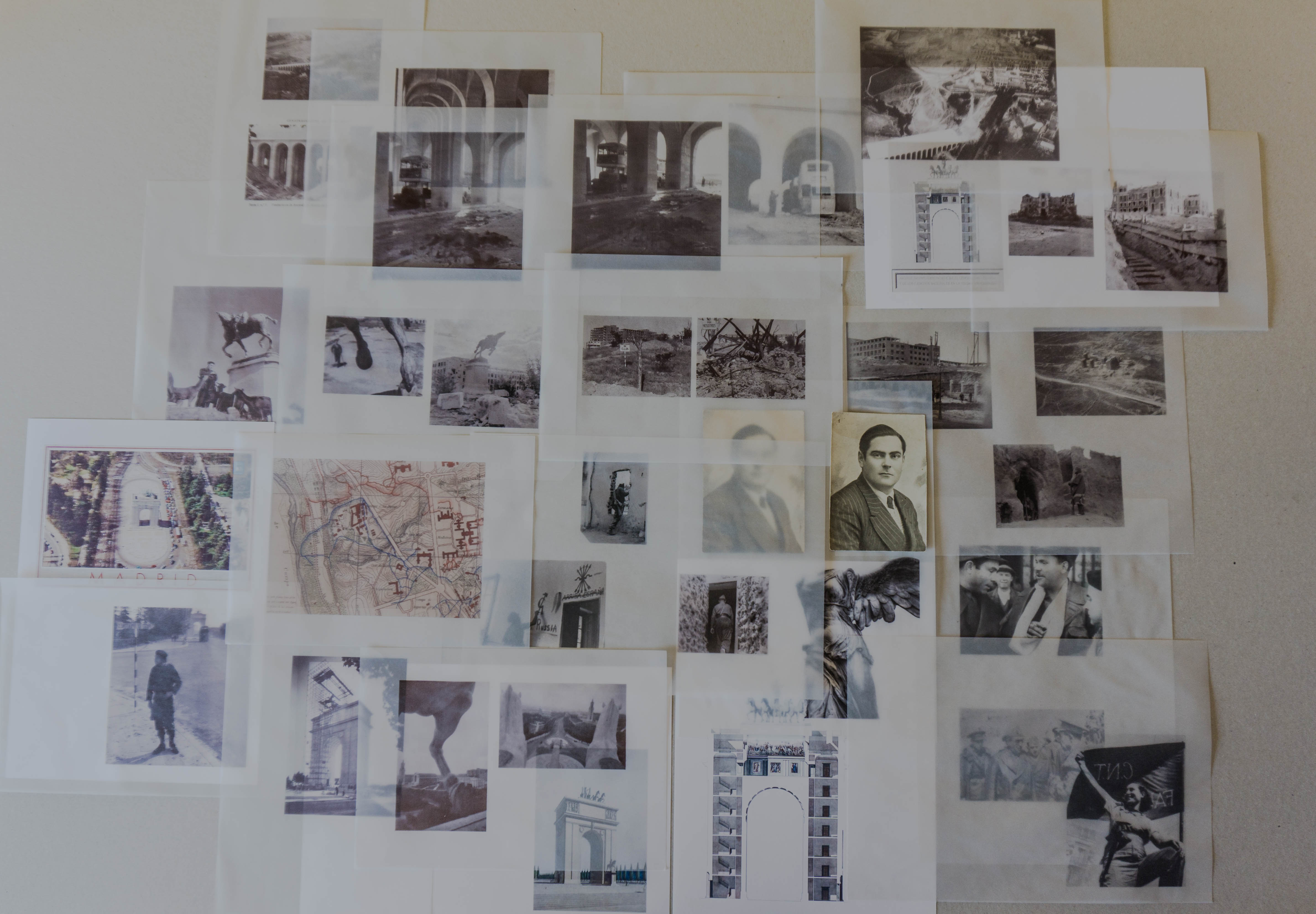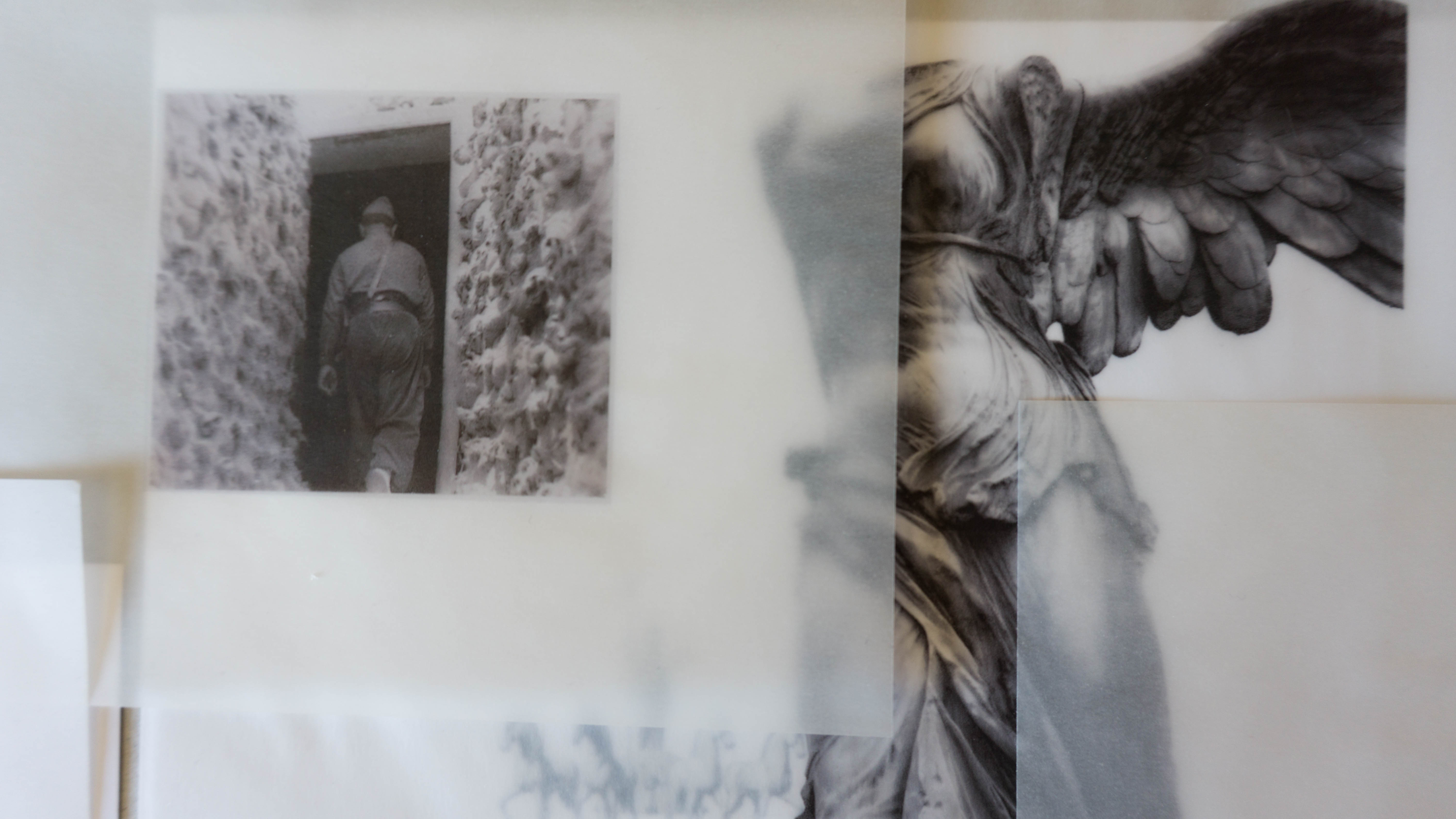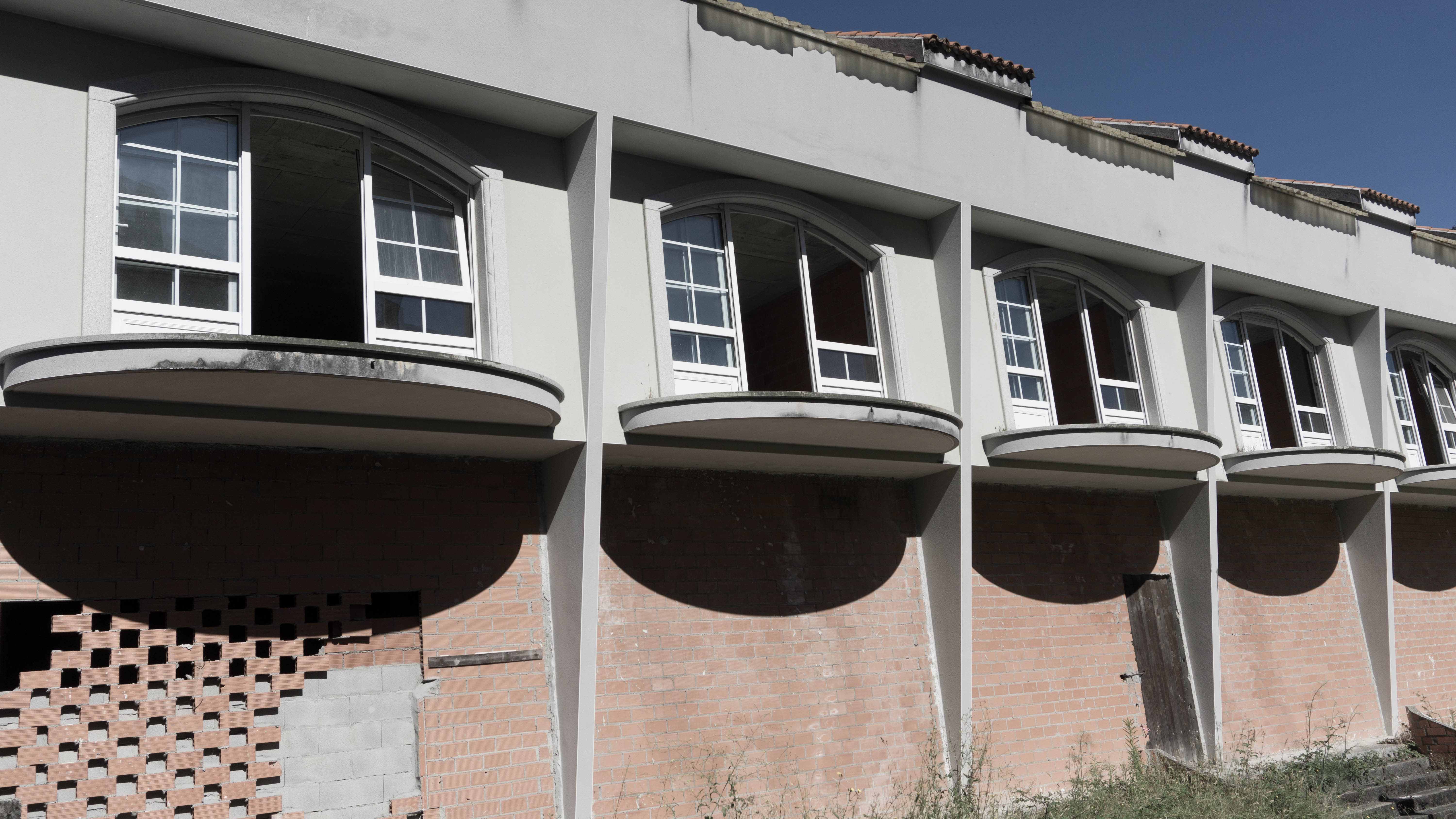INSTAGRAM COMMENT SECTION (How Comments Became the Best Part of Instagram)
-Nothing can kill Art -Got a lighter with a different opinion
-And, in many ways, helped breathe new life into it. Ying and Yang -*Yin
-No it didn’t. It opened up endless possibilities. It welcomed new audiences instead of the elite. There are many ways to create and consume art because of it. Some for the better some for the worst.
-Come from a country (Romania) where art is not appreaciated at all .. my only chance that my art to be seen is Instagram.
-Did create new art, or even expose artists to a new generation.
-Stop whining, it is a good platform to let new artists be known without a gallery in between
-It exposed me to art I would never have seen before. I don’t go to exhibits so if it wasn’t for insta I’d have never seen half of it
-Instagram is just another medium
-That’s what I’ve been saying for years! -Irony -What is ironic? -You’re an instagram account that posts pictures of art, complaining that instagram killed art. It’s ironic because you’re degrading the platform you use to spread art, because you think it’s destroying art -I post pieces of art to share stories from history and explain how light works. If anything, I am trying to help people be more aware. To remind why art exists and its purpose. Instagram kills art because it creates the illusion that anyone can be an artist. That everything, no matter how pointless or hollow, can be classified as “art”. Faking activity to receive some recognition from people who fake activity to receive recognition. A loop of fakeness. I am not spreading art. I am spreading knowledge. -That just sounds like pretentious bullshit. To view one’s opinion of art as higher than another’s is supercilious and arrogant. Art isn’t just high art anymore, you can’t fully experience art by perusing an art museum; art is so much broader than paintings and sculptures. Performance is art, music is art, there’s son many ways to explore art. You can’t tell people what’s art and what isn’t art. In my opinion, art is what people say it is. If you call something art, it becomes art; art is something that invokes a response. Anyone can be an artist, but what one does with art and if you succeed or fail is up to the quality and meaning of your art. Bad art exists, but in the eye of the beholder. Art cannot be objectively bad.
-Business killed art
-This is stupid in so many ways
-And … Roads kill cars …
-In some way yes. Every Instagram user claims to be an artist -Every person can be an artist if they are determined to become one. No one is born an artist. There’s a lot of people that get started on Instagram. I did, and I had really shitty artwork up for years, and I still am improving, but I probably wouldn’t ever have if I didn’t get such support through this platform.
-Art kills art
-Nice piece of art, but not true… maybe ironically
-*posted on an Instagram art page*
-Erase Instagram and art still exits
-In some ways. In other ways it reached all over the world. Anything that is stretched becomes less potent than its original form
-Or propelled it? Gave it a space to be shared-wider-than ever before? I don’t know, I have a hard time appreciating Instagram too.
-Art never dies.
-No, it’s good for art, a good platform.
-Art is eternal.
-What is art?
-If it is Art, it is not “killeable”
-Smartphones killed art. Any dingbat now has the ability to capture. Dat selfie art doe.
-And in many ways helped a lot of artists gain exposure…
-Sounds like old people bitchin about change -That’s exactly what it is… if there’s anything I actually do hate about social media, it’s all the elitists I see on it all the damn time.
-If your art was ruined by Instagram it wasn’t good art in the first place.
-This post killed art lol
-I agree with a lot of people here. Insta definitely is great for creating an art world outside of the elite, opened opportunities and shares the appreaciation of it all over the world
-Art can not be killed darling
-Everything is art. Everything comes and goes
-Instagram democratised art.
-Hardly. That’s like saying photography killed art. Or that digital killed art.
-No it didn’t. Nihilism is dead.
-That’s what they said about ANDY Warhol but you cannot kill art.
-In this context saying something has been killed kills it
-Nah, just changed it.
-In the days of Instagram, they will call crap art good and good art crap.
-Instagram can’t “kill” or “do” anything. If anything it has given people an opportunity to grind and connect with people that they would never have a chance to otherwise. I dare say memes like this one do more harm than good, I certainly don’t feel enlightened.
-If anything the internet and social propelled a new artistic movement. Now people don’t have to die before becoming famous for their work.
-Rich people did it
-Kill insta with art
-It killed the differentiation of good and bad art. Everything looks good at 4.5 inches.
-ART WILL SURVIVE, ARTISTS WON’T
-Tbh this is disrespectful to Van Gogh…
-Only if internet killed humanity¿
-Saved art
-Instagram did not kill art. It exposed it to be an elitist money laundering fakery that was abused… while at the same time opened up an easy “get in the public eye” avenue to many unknown, yet incredibly talented artists. If anything, instagram made arts more popular and accessible for anyone that otherwise would’ve never had a chance to show “their stuff”.
-No it’s reinventing it
…




















